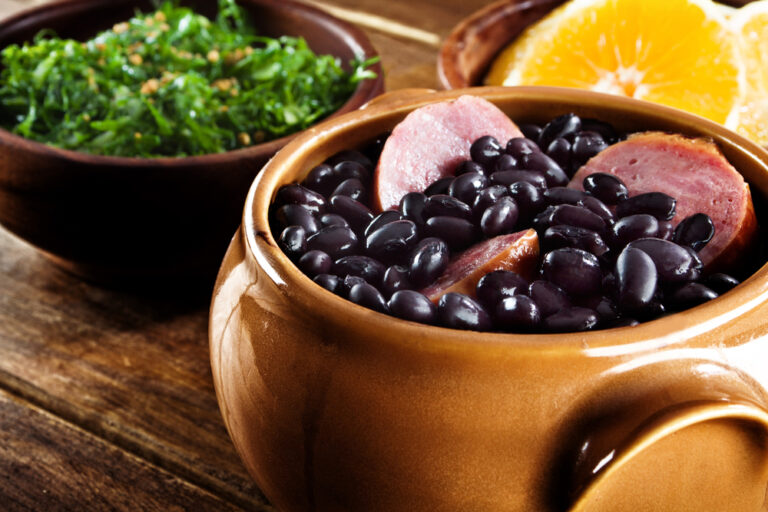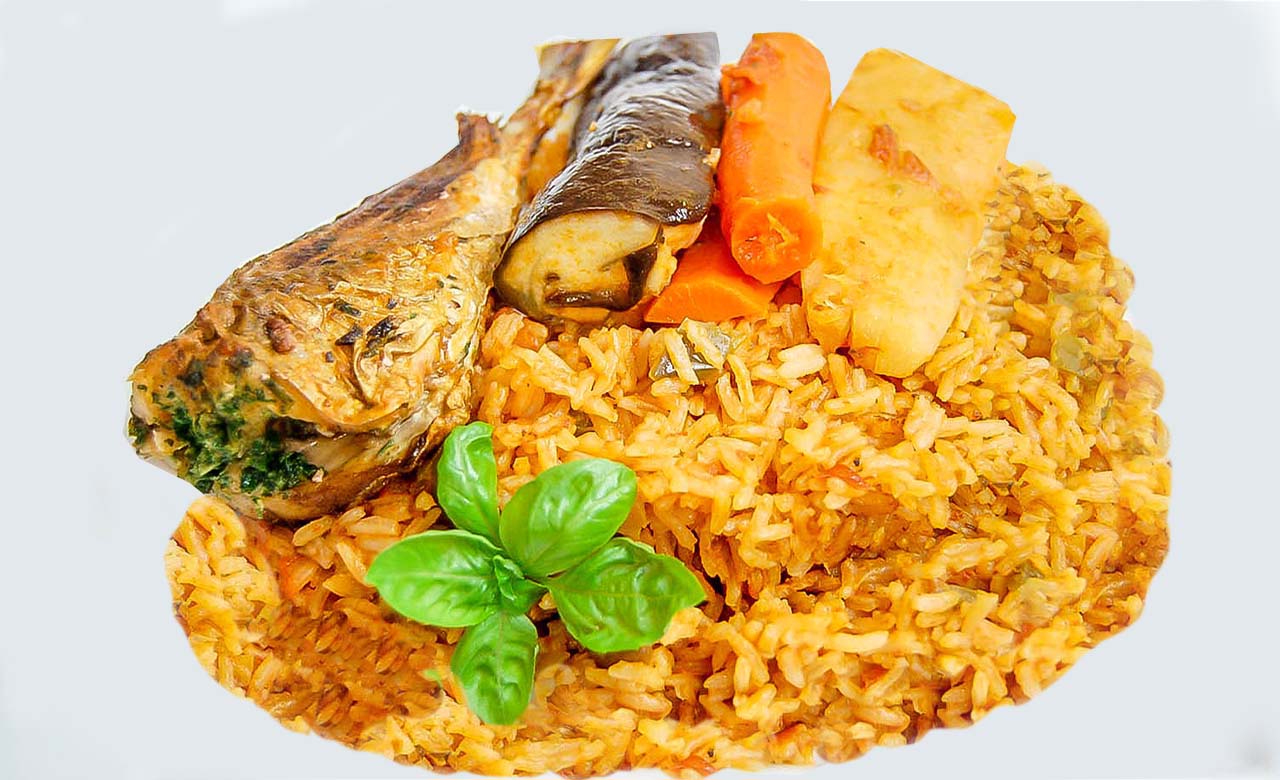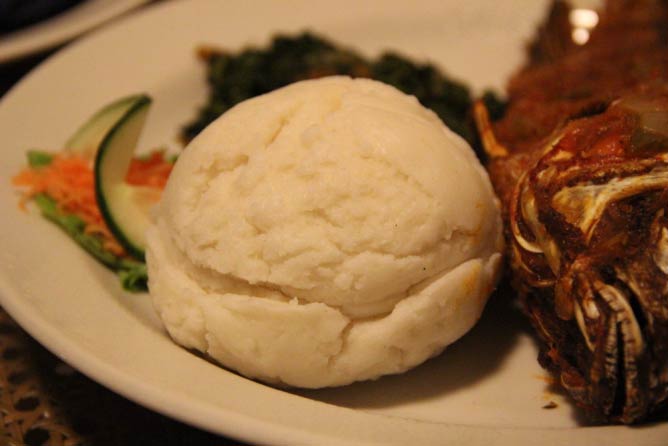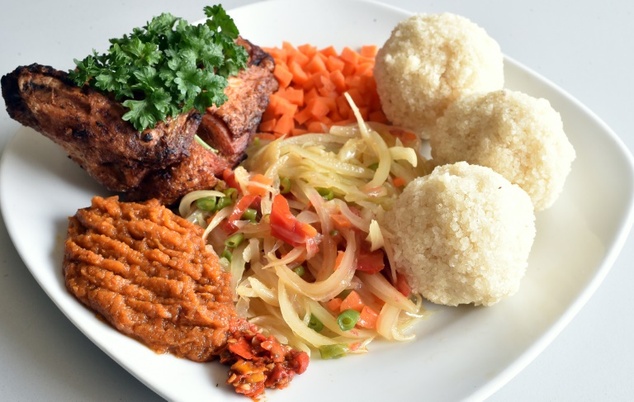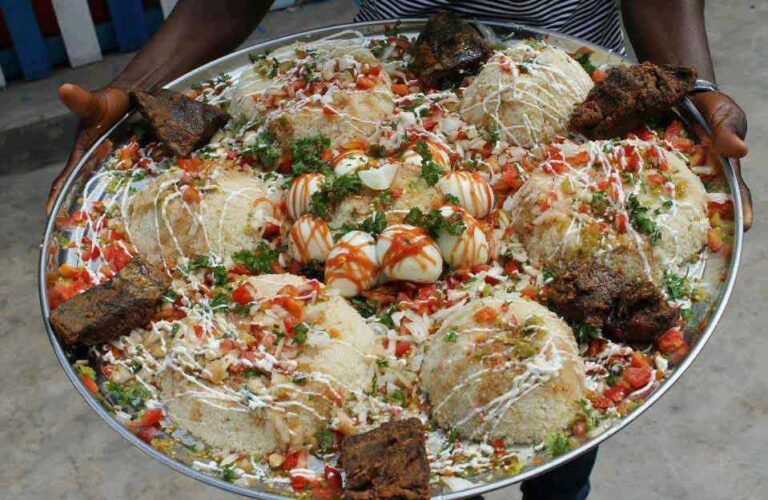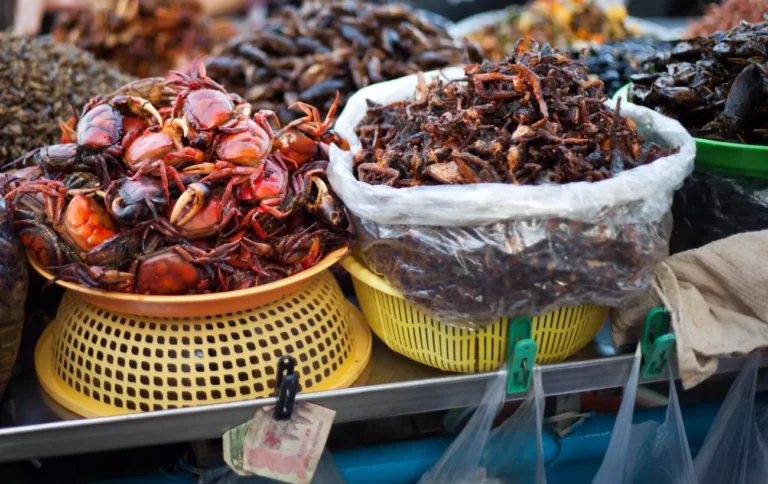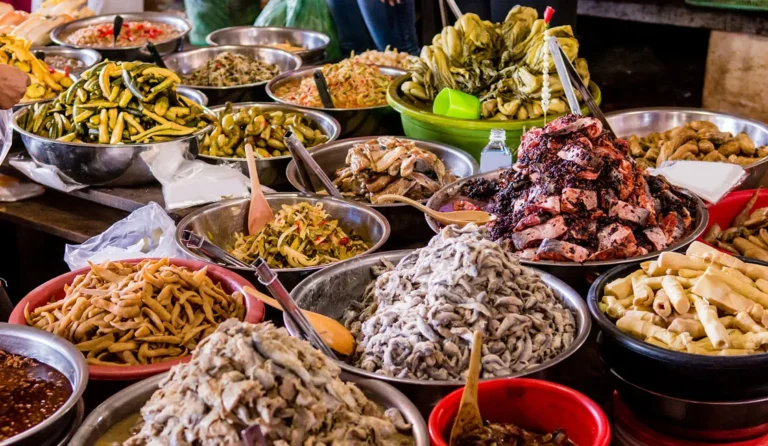Introduction: Exploring Brazil’s Food Culture
Brazil is a country known for its vibrant culture, lively music, and beautiful beaches. However, one aspect of Brazilian culture that is often overlooked is its delicious food. Brazilian cuisine is a fusion of indigenous, African, and European traditions that has resulted in a tantalizing blend of flavors, spices, and textures. From feijoada to churrasco to brigadeiro, Brazilian food is diverse and delicious. It is not surprising that Brazil has become a destination for food-loving travelers who want to experience its unique cuisine.
The Annual São Paulo Food Festival: A Celebration of Diversity
The São Paulo Food Festival is one of the most renowned food festivals in Brazil. It takes place in July and attracts thousands of people from different parts of the country. The festival is a celebration of diversity, where visitors can sample a wide variety of Brazilian and international cuisine. It is an opportunity for chefs and food vendors to showcase their creative talents and experiment with new flavors. The event also includes cooking demonstrations, workshops, and competitions, making it a must-visit for food enthusiasts.
The Chocolate Festival in Ilhéus: A Sweet Treat for Chocolate Lovers
Ilhéus, a small coastal city in Bahia, hosts an annual chocolate festival every June. The event pays tribute to the region’s rich cacao history and celebrates Brazil’s love for chocolate. The festival features a range of chocolate-based products, including truffles, cakes, and beverages. Visitors can also participate in chocolate-making workshops, attend cooking classes, and learn about the history of chocolate in Brazil. With its sunny beaches, warm weather, and chocolate treats, the Ilhéus Chocolate Festival is a sweet treat for chocolate lovers.
Feijoada Festival in Rio de Janeiro: Celebrating Brazil’s National Dish
Feijoada is a hearty stew made with black beans, pork, and beef, and it is considered Brazil’s national dish. Rio de Janeiro hosts an annual feijoada festival in August, where locals and visitors can enjoy this delicious dish. The festival features live music, dancing, and traditional Brazilian drinks like caipirinha. It is a celebration of Brazilian culture and cuisine, and a great opportunity to sample some of the best feijoada dishes in the country.
Festival de Inverno de Garanhuns: A Winter Festival for Foodies
Garanhuns, a small town located in the state of Pernambuco, hosts an annual winter festival every July. The Festival de Inverno de Garanhuns is a celebration of music, art, and food. It features a wide variety of food stalls, where visitors can sample traditional Brazilian dishes like tapioca and bolo de rolo. The festival also includes cooking classes, wine tastings, and food competitions, making it a perfect destination for food lovers.
The International Street Food Festival in Belo Horizonte: A Gastronomic Adventure
Belo Horizonte, the capital city of Minas Gerais, hosts an international street food festival every year. The festival features a range of street food vendors from different parts of Brazil and the world. Visitors can sample dishes from different cultures, including Mexican tacos, Indian samosas, and Brazilian acarajé. The festival also includes live music, cultural performances, and cooking competitions, making it a gastronomic adventure.
The Wine and Cheese Festival in Serra Gaúcha: A Celebration of Local Delicacies
The Serra Gaúcha region, located in the south of Brazil, is known for its wine and cheese production. It hosts an annual wine and cheese festival every August, where visitors can sample some of the region’s best wine and cheese. The festival also includes food stalls, live music, and cultural performances, making it a must-visit for foodies and wine lovers.
Conclusion: Brazil’s Food Festivals: A Must-See for Food-Loving Travelers
Brazil’s food festivals offer a unique opportunity to experience the country’s diverse cuisine, rich culture, and vibrant traditions. From the São Paulo Food Festival to the Wine and Cheese Festival in Serra Gaúcha, these events are a celebration of Brazil’s love for food and its cultural heritage. Whether you are a chocolate lover, a meat enthusiast, or a wine connoisseur, Brazil’s food festivals are a must-visit for any food-loving traveler.

